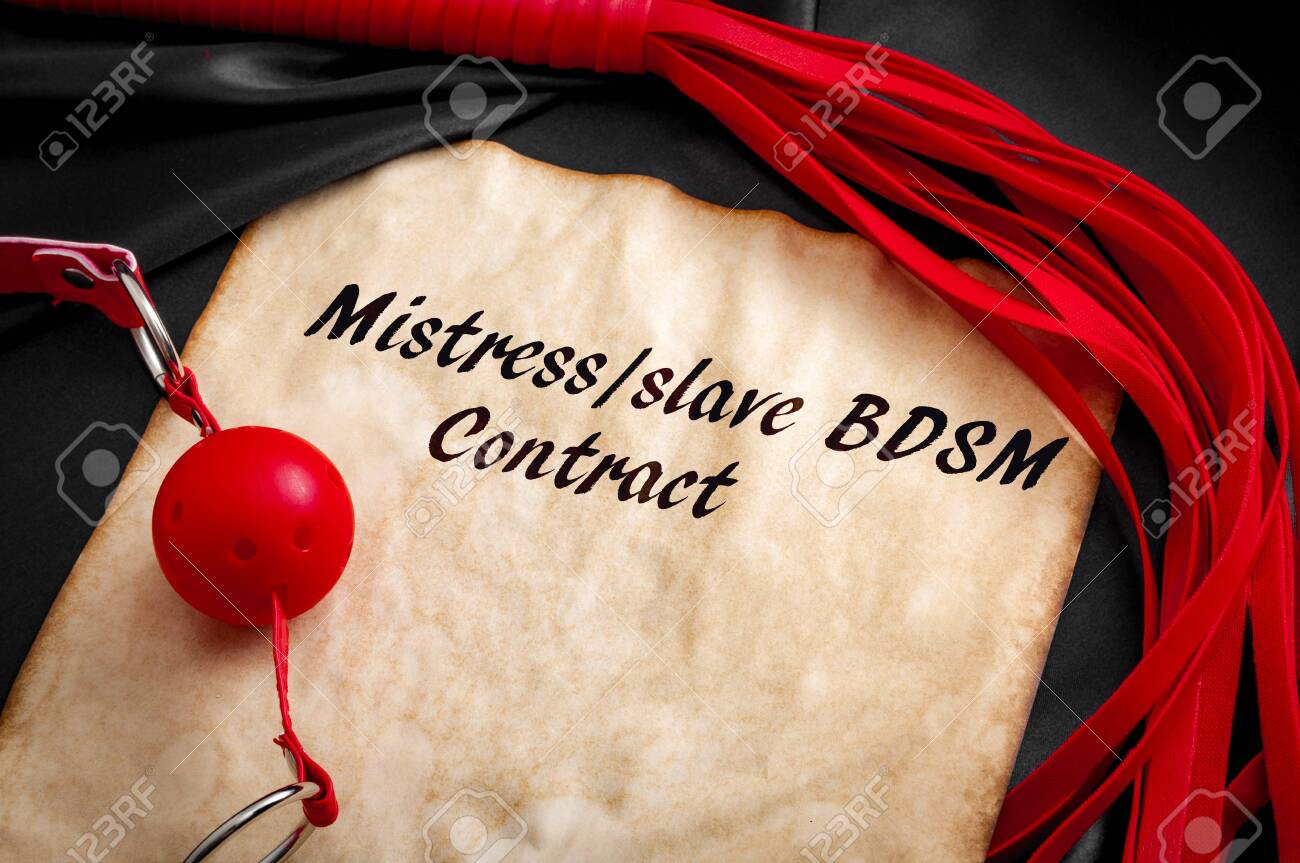SLAVE CONTRACTS

Mestra and I recently hosted an online discussion on the subject of slave contracts. You might like to listen to the recording. It has been posted on Life’s Hierarchy as a podcast. In the introduction to this discussion, we noted that we were not providing legal advice and that we were, of course, talking about voluntary slavery. After the discussion, we both promised to draft a blog on the subject. Following is my contribution.
I argued, as did Mestra that for people in a D/s relationship, a slave contract can be fun to develop, help to ensure that all parties are on the same page, and potential evidence if issues relating to consent arise. Mestra points out that developing a slave contract can provide fun for both the D type and the s type. I agree although that has never been my objective in developing such a contract.
My primary goals in developing a slave contract relate to ensuring that all parties are absolutely clear on what is expected of them and their responsibilities. To this end, I would argue that a slave contact must articulate:
- The parties involved – which will most often be two but can be many more.
- The time frame – indicating the commencement date and the end date (if there is one).
- Review dates – dates when the content of the contract might be reviewed.
- Rules and protocols – that will apply in relation to s types.
- Behaviour – how all parties, including the D types, are expected to behave.
- Consent – including limits and safewords.
- Consequences – the consequences for all parties of non-compliance with conditions.
- Termination – the process for any party terminating the agreement.
Addressing these issues in as much detail as possible and being as specific as possible can help ensure that all parties’ expectations are absolutely clear. This is clearly in the best interest of all parties. Most of these points are self-explanatory. Others warrant further discussions. Rules and protocols need to be as comprehensive as possible to be as clear as possible what is expected of s types. The issues addressed might include:
- Dress and personal presentation.
- Duties and responsibilities.
- Manners and etiquette.
- Communication and responsiveness.
The section of the contract addressing behaviour should address issues like:
- Conduct in various environments – including at home, out and about and with family.
- General care and wellbeing – including the aftercare responsibilities of the D type.
- Titles and manner of addressing each party.
- Safety and security – wherever that is an issue.
- Consent, limits – both hard and soft – need to be articulated along with safewords.
As with any contract, a slave contract needs to address non-compliance by any of the parties directly. In the case of the s type, this might involve punishment; in the case of all parties with some behaviours, this might include termination of the contract. The conditions for and process for termination need to be clearly articulated and agreed to.
In terms of the agreement, it is suggested that contracts:
- Should be drafted by the D type (s).
- Reviewed with the s type (s).
- Provided to all parties for agreement before finalization.
- Signed and dated by all parties.
- Witnessed by an independent party (if possible).
- This should help to ensure that all parties are on the same page.
Regarding legal issues, it is noted that:
- It will be unlikely that the contract to be considered legally binding.
- Too much consideration of the legal problems might spoil the fun.
- No item in the contract should specify something illegal.
- The contract will never be viewed as superseding any law.
- The contract may be viewed as suitable for evidence regarding consent.
There is any number of slave contract proformas online. Most are free. Some involve a cost. No member should ever pay for a proforma. The free options will almost certainly suffice. Indeed, Members are encouraged to draft their slave contract in their words – possible under the following headings.
- Parties and handles.
- Dates.
- Reviews.
- Rules and protocols.
- Behaviour and consequences.
- Consent and safewords.
- Termination.
In my view, it is essential that the document is:
- As comprehensive as possible – addressing as many possibilities as possible.
- In plain English – so that all parties can clearly understand it.
- Customized to suit the needs of the parties involved.
- Never viewed as an alternative to consent. No court will view it as such.
I have been in five 24/7 D/s relationships, with three of these relationships having a contract. On reflection, I absolutely support the development of slave contracts as a means of clearly establishing expectations. Therefore, I would urge everyone in a D/s relationship – 24/7 or otherwise, to do develop a slave contract. If you want help in doing this – you might like to work with one of the Life’s Hierarchy Mentors.
SIR D
